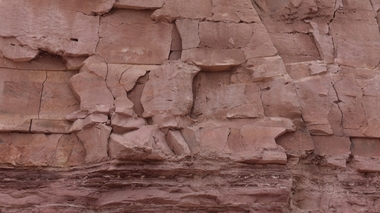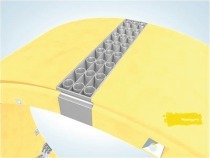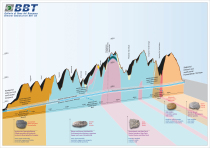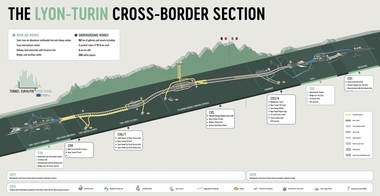TBM Headings in Jointed Rock (Summary)
In TBM tunnelling, there is a complex interaction between the tunnel boring machine, the ground and the segmental lining. Especially for tunnel heading in jointed rock, these interactions must be taken into account in planning and construction, to avoid considerable problems that can lead to construction time and cost overruns. An essential prerequisite for this is the understanding as well as the realistic description and simulation of the stress and deformation behaviour as well as the permeability of the rock mass, in particular the frequently existing anisotropies of strength and permeability. A suitable model for this purpose is the Anisotropic Jointed Rock Model (AJRM).
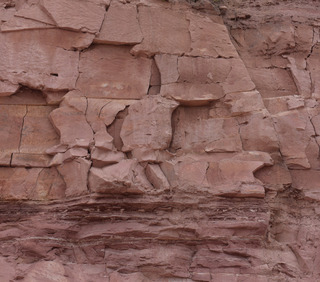
Credit/Quelle: WBI
In this article, the interaction of the overall system consisting of tunnel boring machine, ground and segmental lining is explained in principle. Based on the example of a Bunter formation, the realistic description of the rock mass with the aid of the AJRM is described. Subsequently, selected results of finite element calculations are presented, which were carried out on the above-mentioned overall system considering the interactions. It is shown that the discontinuity fabric, the anisotropy of strength and permeability and the seepage flow have considerable influence on the stability of the temporary working face, on the loads and deformations in the area of shield and segmental lining and also on the suitability of the temporary working face as an abutment. This results in essential conditions for the design of the tunnel boring machine (e.g. jacking forces, design of shield, design of segments, requirement for compressed air support, etc.). If the relevant properties of the rock mass are not properly taken into account and the interaction of ground, tunnel boring machine and segmental lining is not adequately simulated, there is a risk that the tunnel boring machine and the segment lining will not be adequately designed and that problems will occur during tunnel heading.
In addition, during TBM excavation in jointed rock, special conditions exist with regard to annular gap filling and rock cutting (wear, blocky ground, clogging), which require appropriate measures. This is also dealt with in the present article.
In the past, difficulties have frequently arisen during TBM tunnelling in jointed rock. These have led to an exceeding of the planned construction times and costs. Along the new lines planned by Deutsche Bahn, a number of long tunnels in jointed rock are planned. Due to their length, they are suitable for mechanized tunnelling. With this article, the authors would like to highlight the relevant issues and thus contribute to better cost and schedule reliability of future projects.

